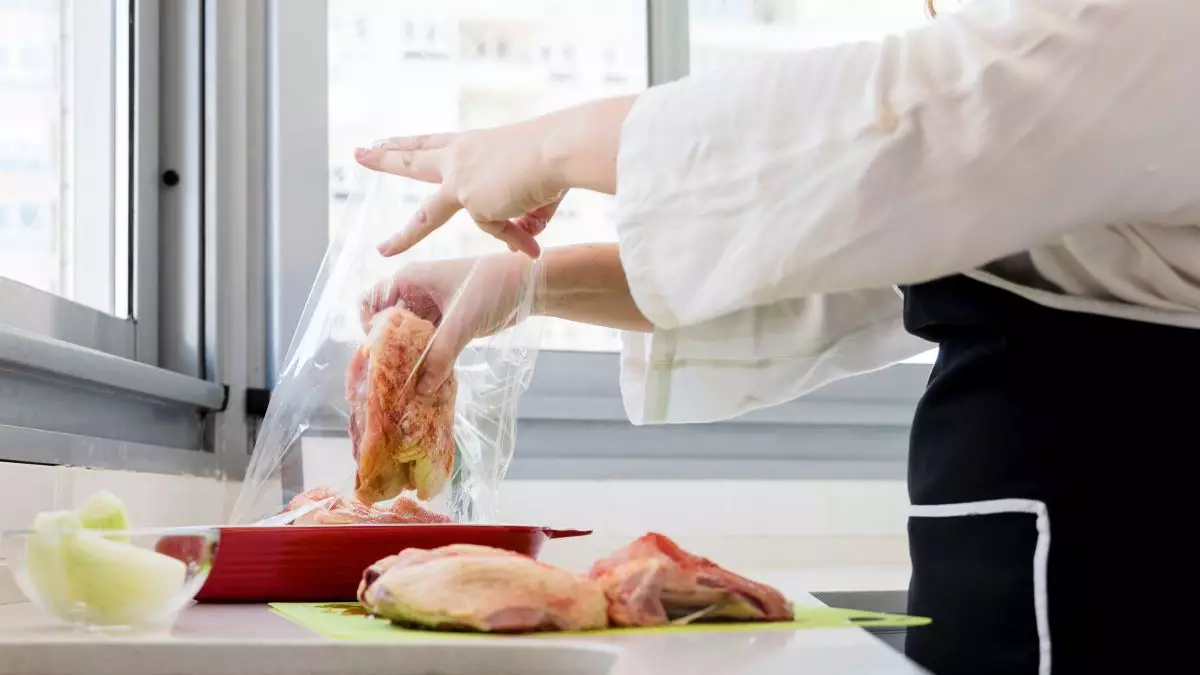
Sous Vide Showdown: Is a Food Thermometer Your Secret Weapon?
Perhaps you have watched a cooking show and asked why the chef placed the meat in a plastic bag before dipping it in hot water. Well, have you ever wondered how some of the best restaurants consistently nail fork-tender steaks, chicken, and fish? That’s exactly what they do in the kitchen – the “Sous Vide” technique. Why do you need to learn this technique, and how exactly do you do it? Read on and learn the magic.
Table of Contents
What is Sous Vide Cooking?
In A Nutshell
Sous vide (pronounced sue-veed) is a French term that means “under vacuum”. It is when you seal food in an airtight container, such as a vacuum-sealed bag, and cook it at a water-controlled temperature. Food (usually protein such as pork, chicken, or fish) is placed in a resealable plastic bag and then seasoned with herbs, spices, and oil before dropping it into a large pot of hot water. This low temperature and slow cooking process gives results (exact level of doneness, even cooking from end to end, enhanced flavors, and preserving moisture and texture) exclusive to the cooking process.
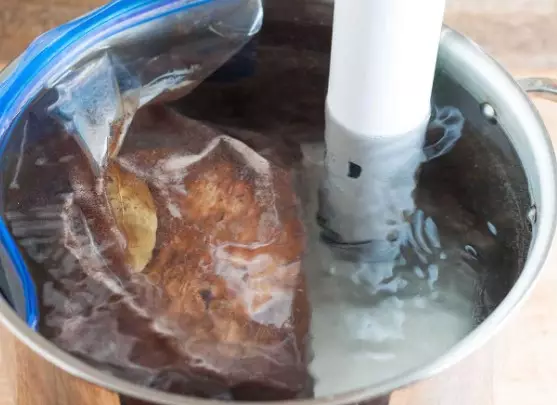
The Exact Process
Accurate cooking through precise temperature control is the hallmark of sous vide cooking. You need to set the water at the exact temperature and cook the food at that same temperature—no more, no less. This temperature control produces perfectly cooked food every time.
Everything You Need For Sous Vide Cooking
The best thing about Sous Vide cooking is it doesn’t require sophisticated tools and expensive kitchen equipment.
Things You Need:
- Water container (a deep pot for the water bath)
- Resealable plastic bags or pouches
- Vacuum sealer
- Sous vide immersion circulator
- Food thermometer.
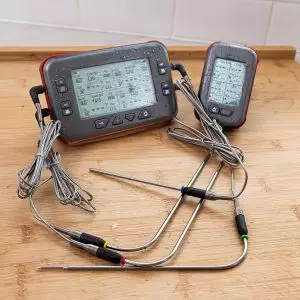
First Step
Prepare the Water Bath. Fill the pot with water, making sure to fill it enough to submerge the food completely but not too much that it may overflow when food is added.
Second Step
Set up and secure the immersion circulator on the side of the container.
Third Step
Set the temperature for the water based on the type of food or protein you are about to cook. Here’s a quick guide for common foods and their temperature settings:
- Steak: 130°F (54°C) for medium-rare, 140°F (60°C) for medium
- Pork chops: 140°F (60°C)
- Chicken breast: 145°F (63°C)
- Fish: 125°F (52°C)
Then start heating by turning on the circulator. Let the water heat up to your desired temperature.
Fourth Step
Prepare your food by seasoning or marinating with salt, pepper, herbs, and spices. You can also add a little butter or oil if you want.
Then, put the seasoned food inside the resealable or vacuum-seal bag. If you use a vacuum sealer, then follow the manufacturer’s instructions for sealing.
Use the water displacement method if you don’t have a vacuum sealer. If you use a resealable bag, close the bag but leave a little space for air to leak out. Then, place the bag into the water bath and let the water pressure push the air out. Once the air is out, you can seal the bag.
Fifth Step
Slowly submerge the bag into the preheated water bath, making sure it is completely submerged for even cooking. The bag should not float to the surface. If necessary, you can use clips or weights to push the bag down.
Note that different foods have different cooking times. Here’s a quick guideline for the most basic proteins for Sous Vide.
- Steak: 1 to 4 hours (depending on thickness)
- Pork chops: 1 to 4 hours (depending on thickness)
- Chicken breast: 1 to 2 hours
- Fish: 30 minutes to 1 hour
Use the food thermometer to keep track of temperature.
Sixth Step
Once the timer is up, it is time to take out the food from the water bath. Use tongs to remove the food carefully.
Optional:
Ice bath – You can plunge the bag into a bowl of ice to stop the cooking process. This is perfect for food you want to sear later or preparing food ahead of time.
Pat dry – Remove excess moisture from the food by using paper towels to pat dry.
Seventh Step
Now you are ready to cook the food. Preheat the pan over high heat. Make sure the pan is hot before adding oil or butter to the pan.
Then, sear the food on all sides until the crust turns golden brown. If you are cooking steak, this will usually only take 1 to 2 minutes for each side. Make sure you don’t overcook it.
Rest for a couple of minutes and serve.
Why Consider Sous Vide Cooking?
As discussed earlier, sous vide uses accurate temperature control with water circulation to cook food in a way that you cannot get elsewhere. What are these results?
Taste
In terms of taste, sous vide-cooked food retains its moisture, making it moist, juicy, and tender.
Consistency
Since food is cooked at a precise temperature in a specific amount of time, you can expect consistency.
Flexibility
Traditional cooking requires constant attention throughout the process to avoid overcooking. With sous vide, it is difficult to overcook. All you have to do is follow the temperature and timer guidelines.
Waste Reduction
Traditional cooking can result in dry and chewy food. Overcooked steaks, for example, lose up to 40% of their volume. Sous vide allows you to enjoy your food without losing much of its volume through the cooking process.
Sous Vide Temperature Guide
Here’s a quick temperature guide for some of the most common food for sous vide:
Tender beef and lamb (ribeye, sirloin, tenderloin, strip, rib chop, etc.)
- Medium rare – 2 hours at 131 F (55 C)
- Medium – 2 hours at 140 F (60 C)
Tough beef and lamb Roasts (brisket, chuck, leg, top round, shoulder, etc.)
- Medium-Rare – 48 hours at 131 F (55 C)
- Medium – 48 hours at 140 F (60 C)
- Slow-cooked beef – 36 hours at 161 F (71.7 C)
Tender Pork (any cut that is 1.5-inch thick or less)
- Juicy Pork – 3 hours at 140 F (60 C)
- Traditional pork – 3 hours at 145 F (62 C)
Pork Ribs (baby back, country style, St. Louis style, etc.)
- Tender Ribs – 24 hours at 141 F (60.6 C) for 24 hours
- Slow Cooked Ribs – 12 hours at 156 F (68.8 C)
Poultry (Chicken, Turkey, etc.)
- White Meat – 3 hours at 141 F (60.6 C)
- Dark meat – 3 hours at 148 F (64.4 C)
- Duck Breast – 2 hours at 130 F (54.4 C)
Fish
- Tender and translucent – 30 minutes at 110 F (43 C)
- Soft and flaky – 30 minutes to 1 hour at 124 F (51 C)
- Traditional and well-done – 30 minutes to 1 hour at 132 F (55 C)
Sausage
- Extra-juicy and soft – 45 minutes to 4 hours at 140 F (60 C)
- Firm and juicy – 45 minutes to 4 hours at 150 F (66 C)
- Traditional, springy – 45 minutes to 4 hours at 160 F (71 C)
Green Vegetables
- Asparagus, broccoli, peas, etc. – 15 to 40 minutes at 183 F (84 C)
Root Vegetables
- Carrots, parsnips, potatoes, etc., 1 to 3 hours at 183 F (84 C)
The Takeaway
There you have it, the step-by-step guide on how to sous vide. As you can see, you need to keep the temperature of the water consistent for a specified period of time. This is where a food thermometer can come in handy. While the sous vide immersion circulators will maintain a consistent temperature, a food thermometer can help you double-check the exact temperature of the water throughout the process, adding a layer of accuracy to your cooking.
One Comment
Comments are closed.
Discover Other ChefsTemp Products
Discover more recipes and learn kitchen tricks by joining our cooking family on Facebook.
You may also like:
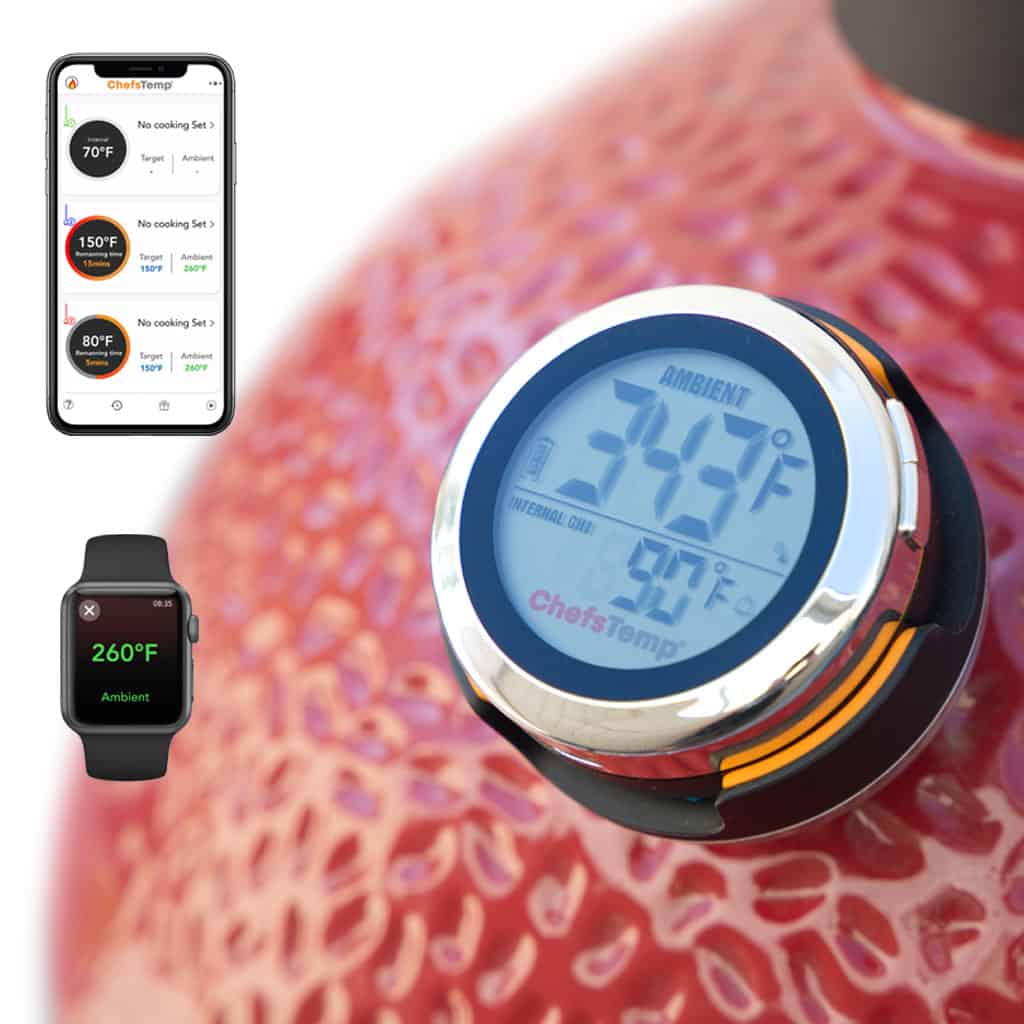
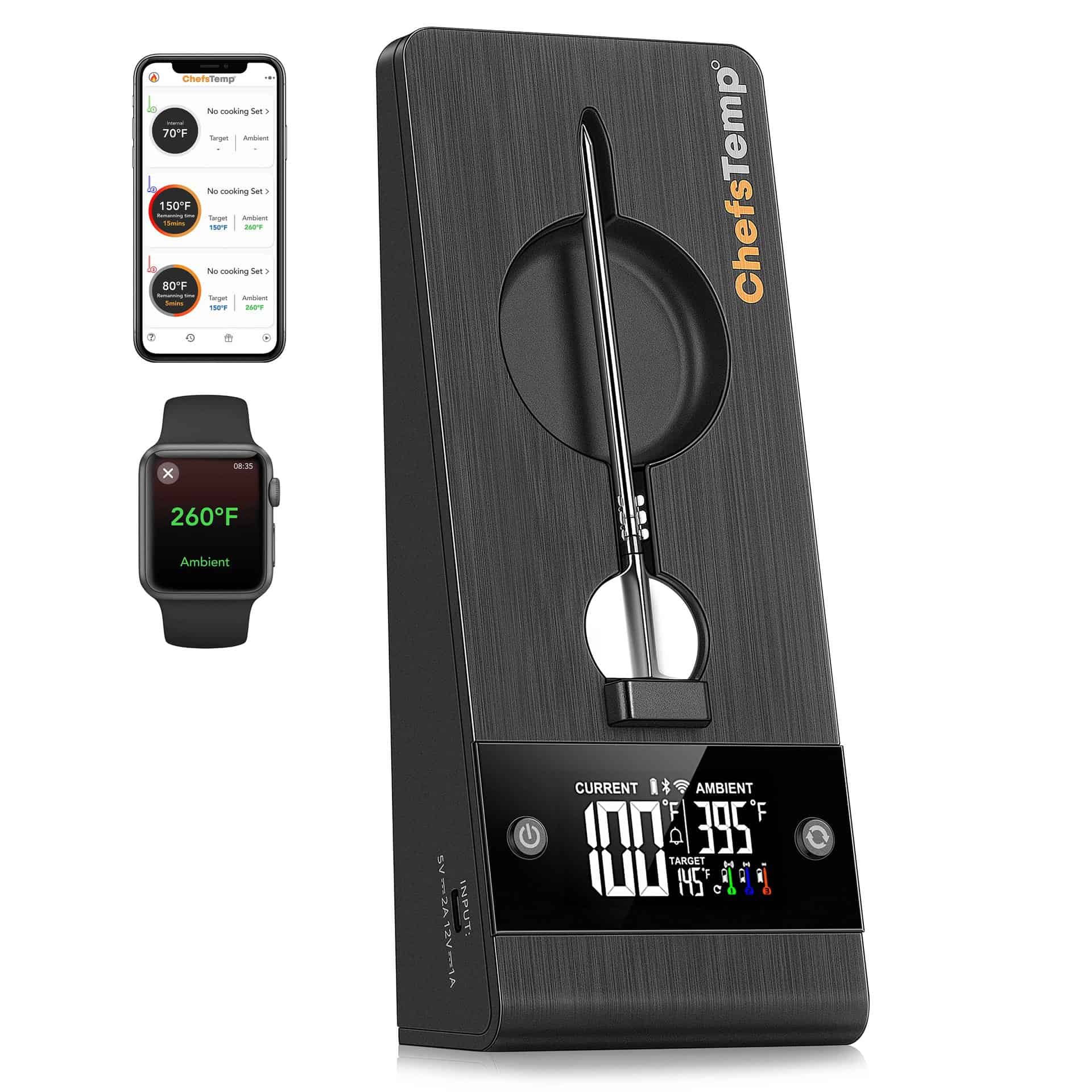
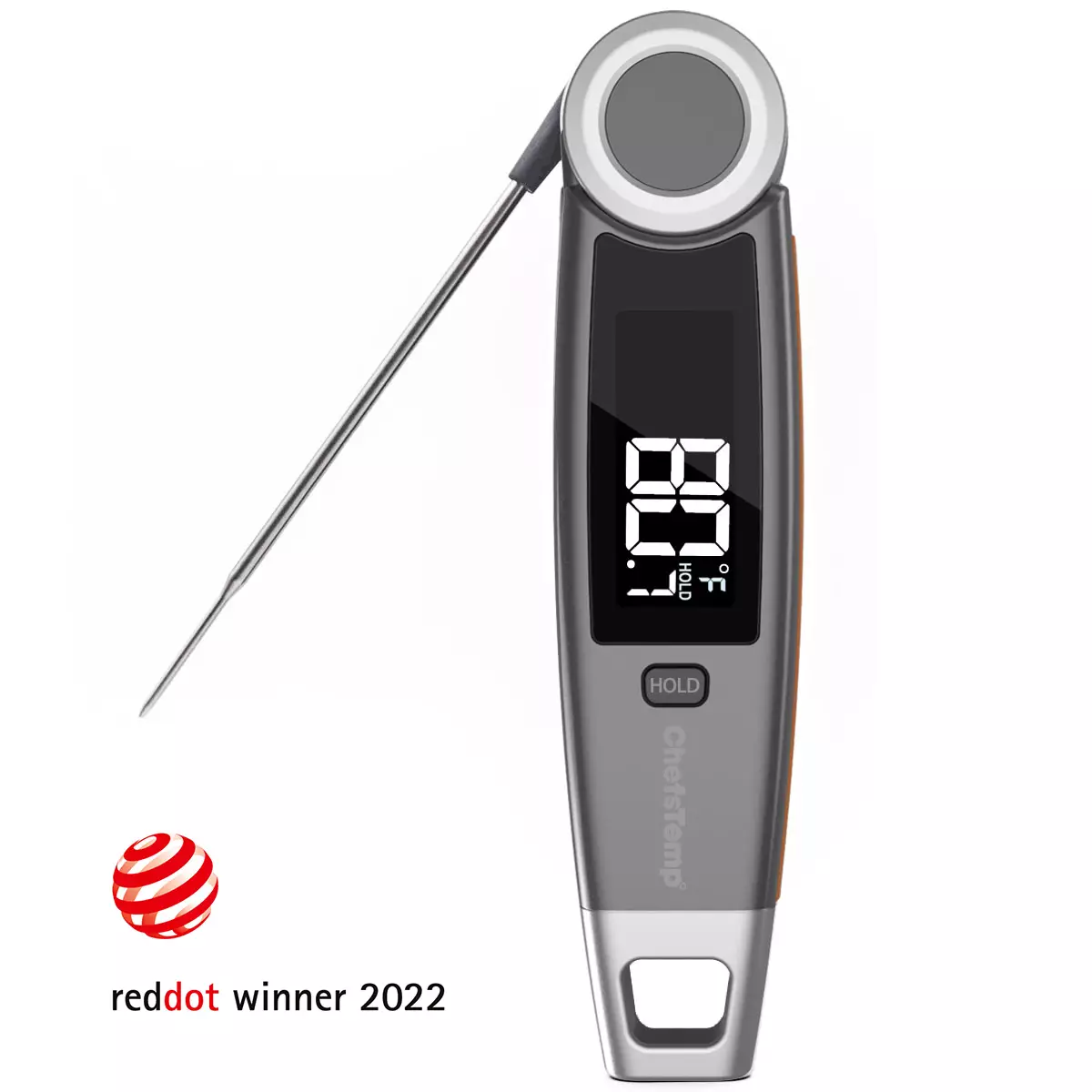
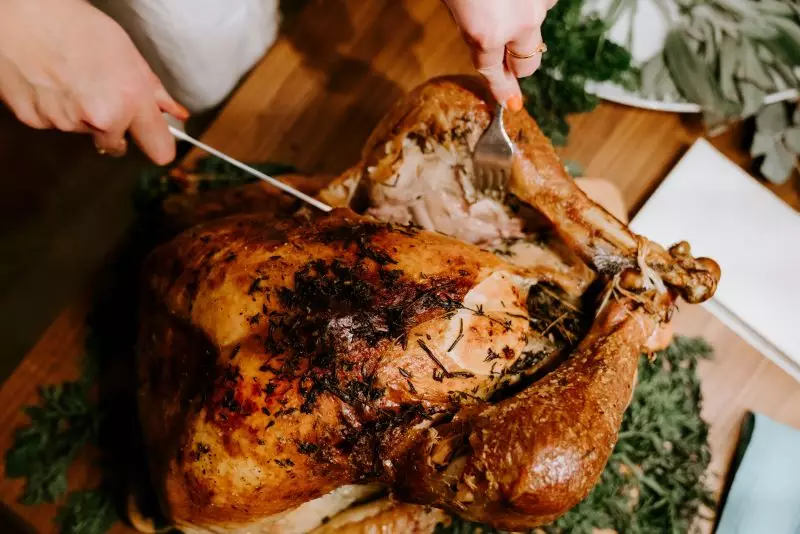
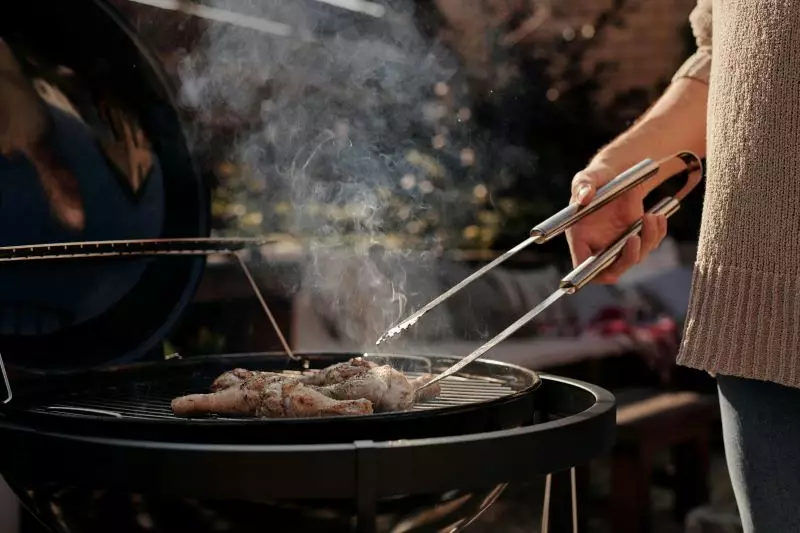
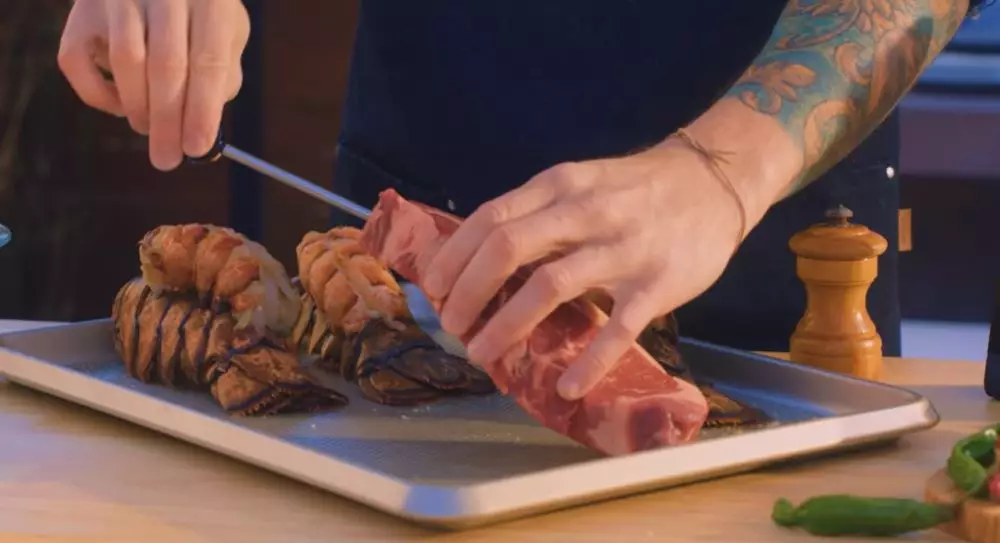
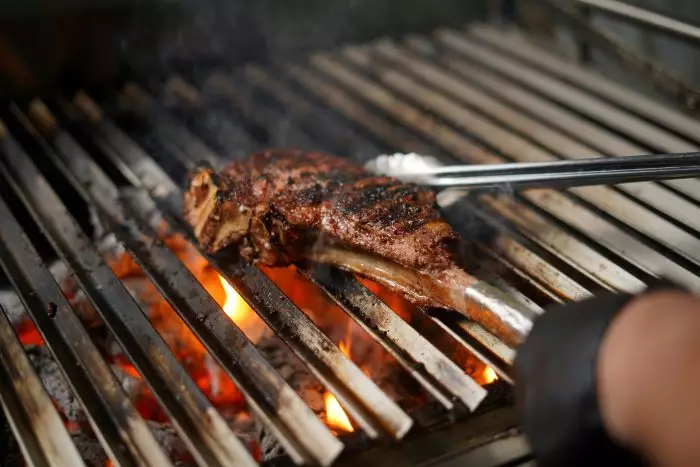
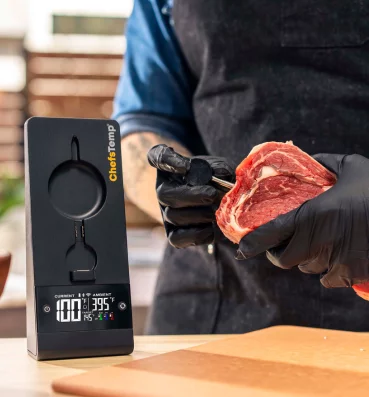
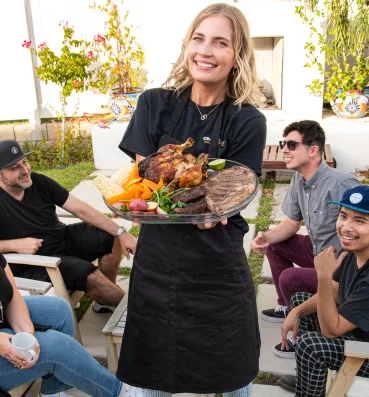
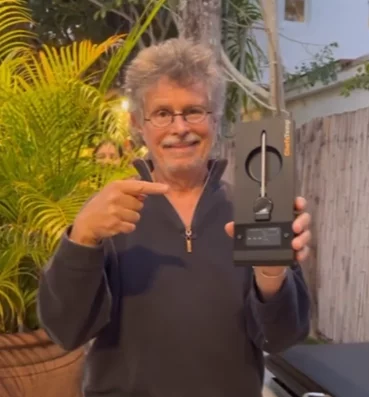
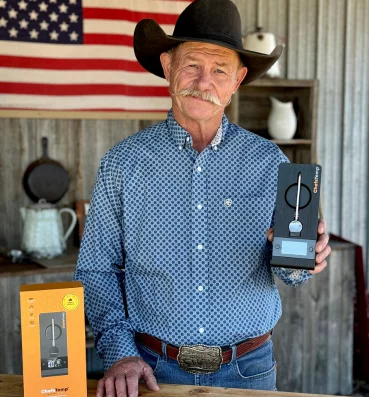
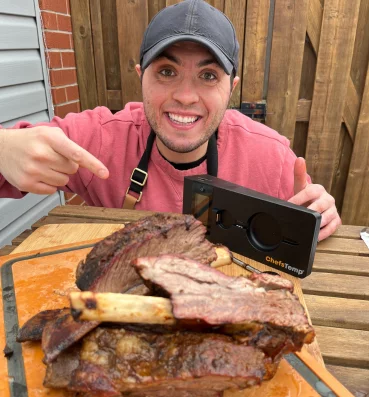
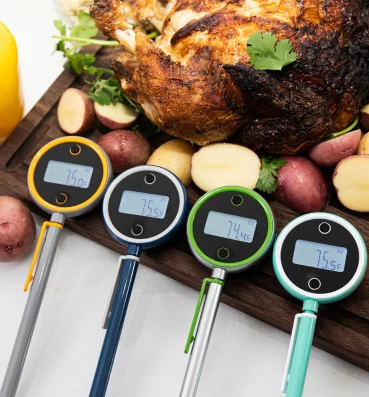
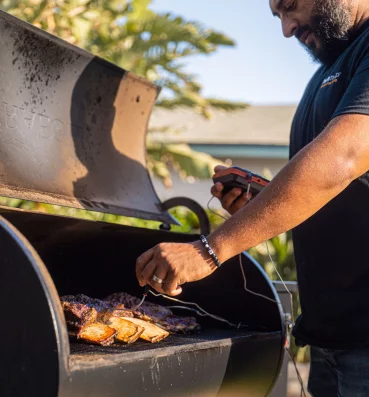
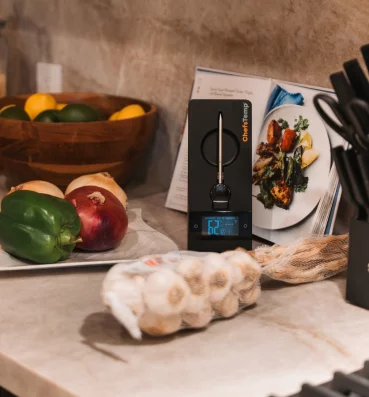

Thanks I have recently been looking for info about this subject for a while and yours is the greatest I have discovered so far However what in regards to the bottom line Are you certain in regards to the supply